The cognitive roadblock facilitated by the customization of content has become one of education biggest challenges.
Photo: Bigstock.
We have addressed the effect of fake news on public perception and the way we build of reality through the information we receive. But this false or biased content is not the only problem that reduces our critical thinking and our humanity.
The echo chamber is a social media content and interaction loop that sets around a user or a group or users. The algorithms of sites like Facebook and Twitter enable it.
Our online habits, viewpoints and tones for conversation define the kind of content to which will be exposed more frequently. This can be harmless if we’re talking about subjects like our love of coffee or dogs, but what happens when Facebook and other media sites factors our political views to decide which content will show us, what pages and friends will it suggest?
This is how an echo chamber works, the algorithm changes varied speeches and viewpoints for automatic consensus, eliminating the need to question, reflect and learn from what we see online. It leaves us defenseless to cope reality that differs from the one that is fed to us by our social media channels. The trouble begins when someone does not agree with the vision inside our chamber, and the hard part is that it never ends.
Political extremism, the dark side of the echo chambers
The close race for the 2016 presidential seat in the United States is still very present in the American collective mind as a source of conflict. Even if Hillary Clinton won the popular vote, it was Donald Trump who finally won the election, backed by the electoral college. Trump’s victory, along with the present Republican Party’s hold of the Congress and the Supreme Court of Justice, set the conditions for more conservatory laws and policies nationwide.
Since then, a lot of activists from the left have risen to draw awareness on topics like women’s rights, injustice against racial minorities, and non-discrimination LGBT community protections, among other issues. This is no doubt good work when we are talking about peaceful protest, calling your senator, or financially support a worthy cause. But for many social and political analysts, this is no short from a social media civil war.
Manuel Antonio Romo Aguirre, Political Science Professor at UNAM, explained for the newspaper La Nación, that trolling, bullying and online violence was not originated within the social media, but it did make it more visible and frequent because it offers people an outlet for their discomforts. “Social Media is now the stage for political protest; it has become more common that people use it to call to a march or a boycott, to have a reaction against to everything we feel is wrong,” said Romo Aguirre.
The professor argued that not realizing there’s a difference between personal opinions and political views is just the tip of the iceberg. We are missing the tools to distinguish when we are only stating a point of view and when we are using a public forum as an outlet. This is the weak point that blocks effective communication with our not like-minded peers online, which is most difficult since it also prevents us to see them as people.
One of the biggest challenges of education in the 21st century is to remove these communication filters and to encourage students to build stable structures to enable critical thought analysis and expression. Some academics are already setting the basis for that advancement.
From the scientific method to the critical method
The scientific method has been the greatest resource to obtain and validate knowledge in the last 500 years or so, but the sources and mechanism we use to that purpose have changed in that time. Given the circumstances, we need to add an appendix that refers exclusively to critical and sensible thinking.
James Ryan, Harvard Dean of Education, set us to an excellent start to guide students in the formation of critical thinking and empathic perspectives. He proposes five practical steps:
-
Slow down. Understand and seek clarification before advocating any view
-
Stay curious
-
Seek consensus over winning
-
Ask what you don’t know and how you can help
-
Reflect on what really matters for you. Examine your own beliefs and convictions
These measures are not a one-size-fits-all to settle disagreements, but it can help, so the conversation does not escalate to violent levels most of the time, avoiding to go down the spiral we described earlier.
The echo chamber is a phenomenon produced by the synergy between technological advancement and content customization. They both have grown so fast, that the much-needed analysis and the process of creating solutions has to run to catch up. But the people behind research and education have been pushing back hard to understand the root of the problem and to develop programs and methods that can give students the skills to navigate digital content as the tool it should be and not as reality shaper that it is.
This article from Observatory of the Institute for the Future of Education may be shared under the terms of the license CC BY-NC-SA 4.0 
)
)


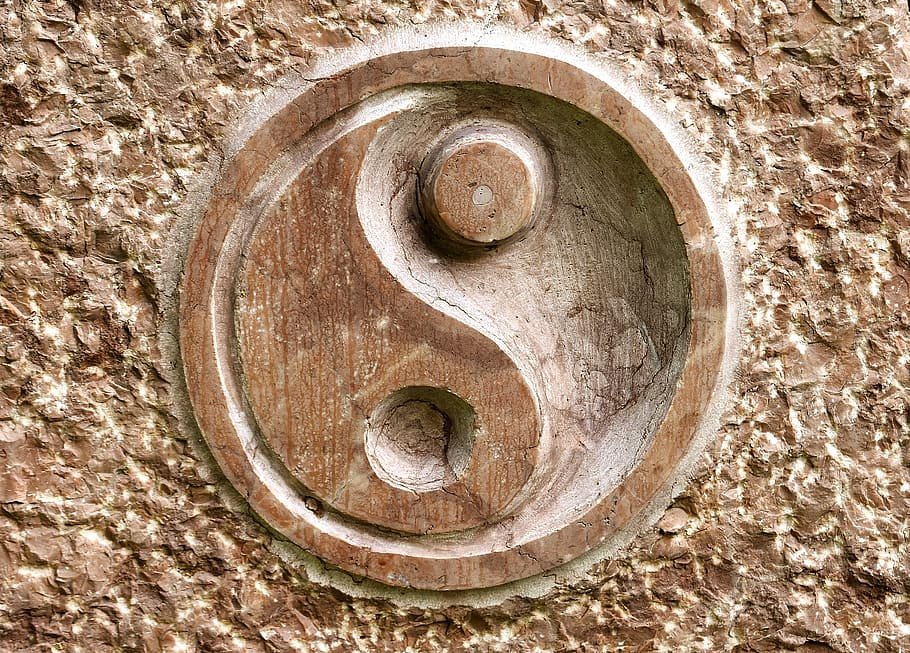
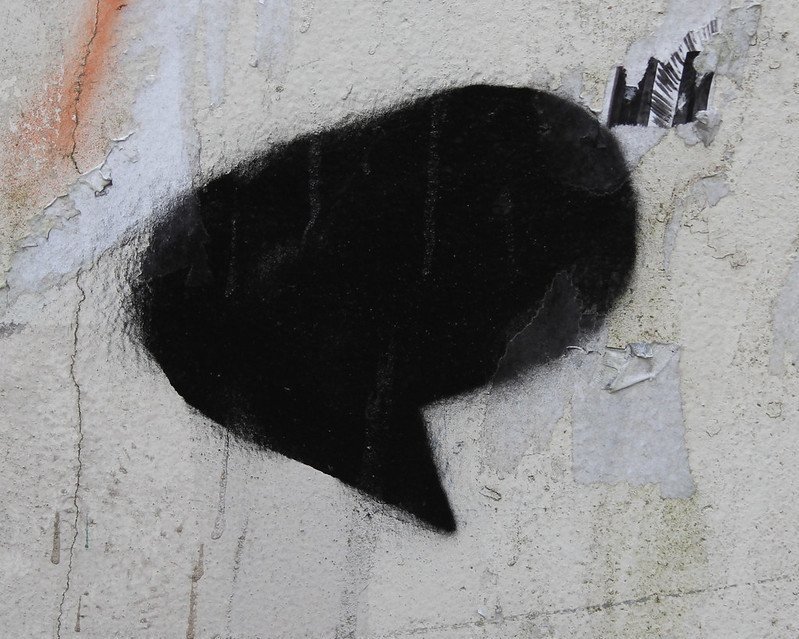
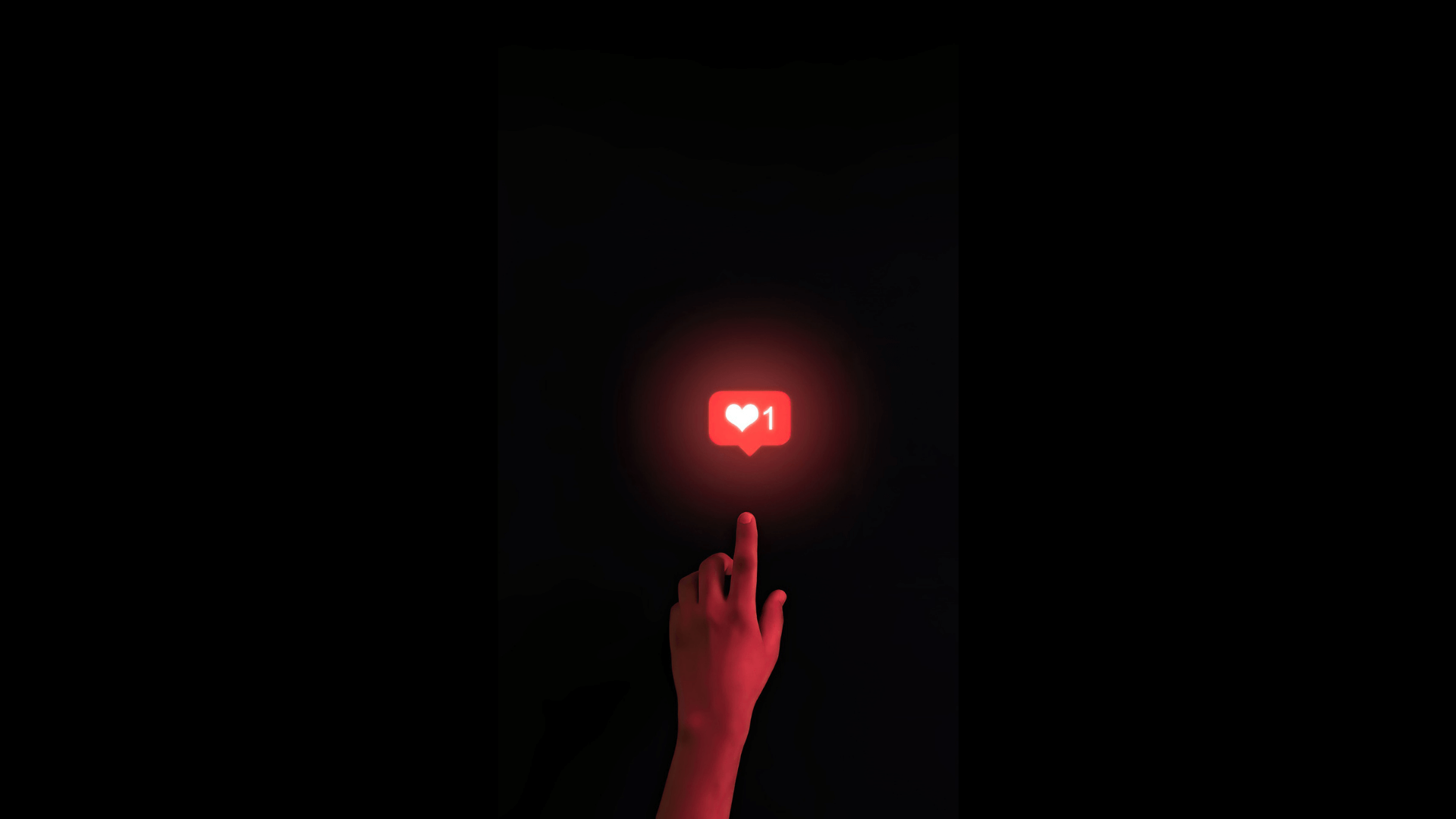


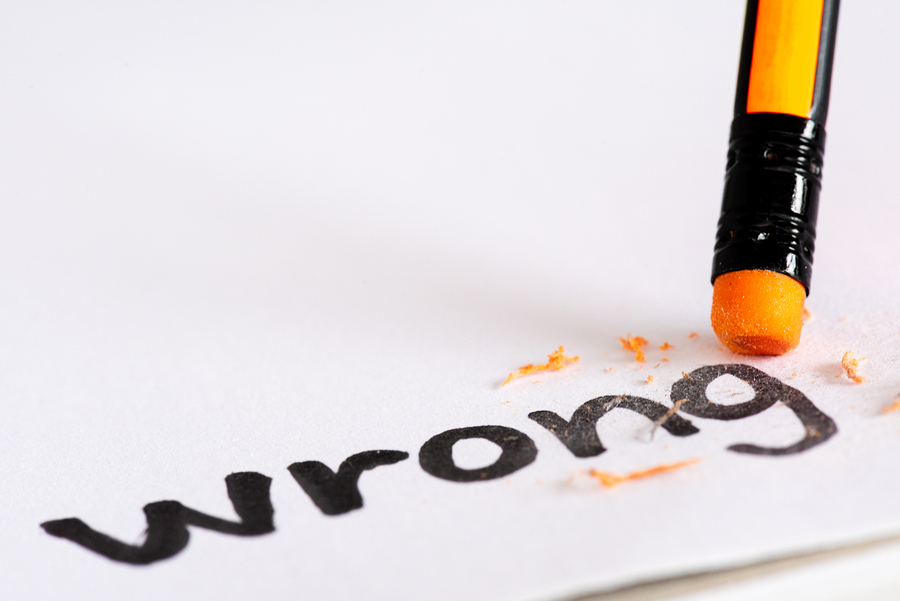

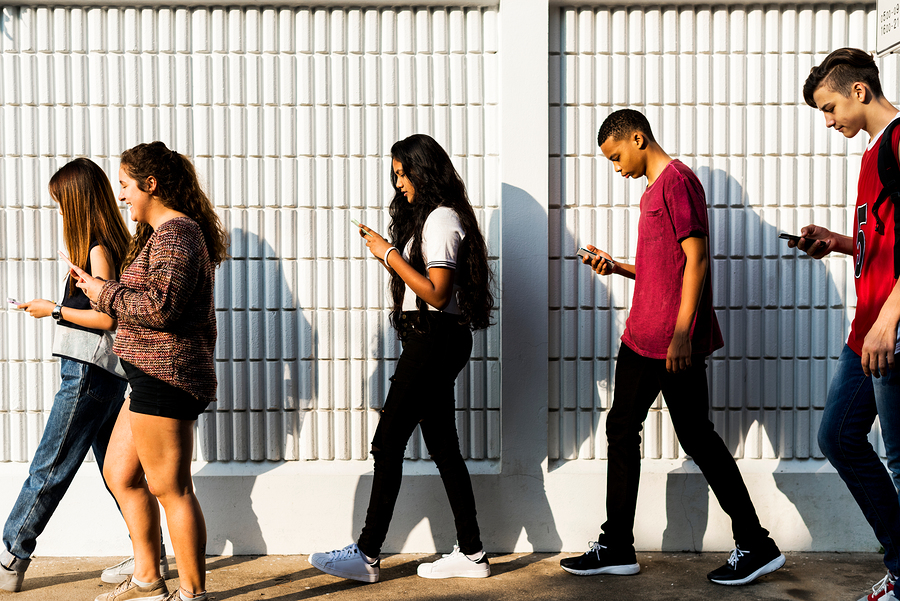

)
Andrés García Barrios
Andrés García Barrios
Andrés García Barrios